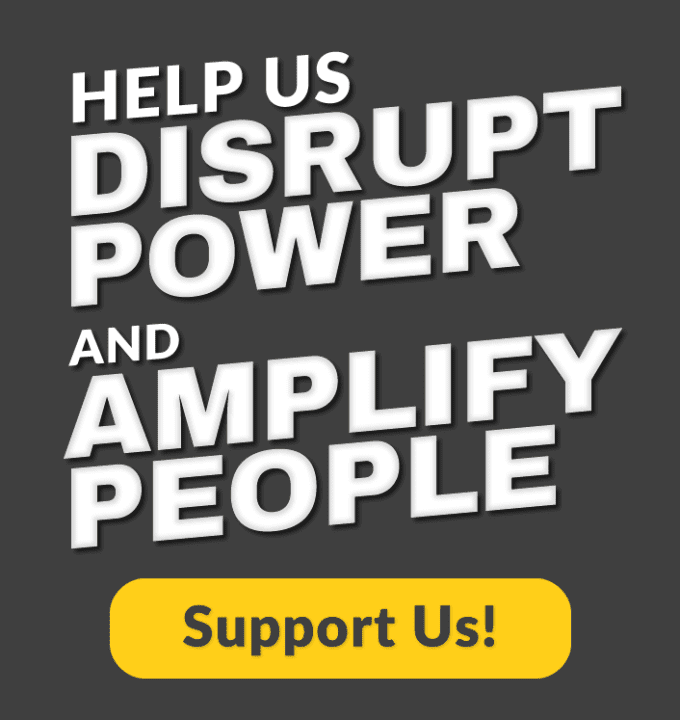Every movement needs resources, but not all have the budget for top-tier technology. Enter the mini PC, an affordable and versatile device that empowers grassroots activism by bridging financial and technological gaps. Discover how these compact tools drive social change without compromising on quality or sustainability.
In grassroots activism, every resource counts. While demonstrations, flyers, and phone calls remain valuable, organising efforts increasingly rely on accessible technology. This is where a compact device like a mini PC can step in, offering an affordable, portable, and versatile tool to mobilise communities and drive meaningful social change.
Bridging information gaps
Many grassroots groups face constraints on both budget and technical expertise. Large, costly devices may be out of reach, particularly for community-based organisations reliant on volunteers. By using a mini PC, activists can set up digital hubs in shared spaces such as libraries, community centers, or even local cafés. The mini PC’s small form factor allows for discreet placement, while its relatively modest energy consumption keeps costs low. As a result, organisers can easily coordinate online meetings, manage social media campaigns, and share critical documents—all without exceeding budgetary limits or overwhelming limited organisational capacity.
Enabling collaboration and training
Beyond affordability and size, a mini PC also provides multiple connectivity options vital for decentralised movements. Activists can quickly link external monitors, cameras, or projectors to conduct workshops and trainings. Additionally, these devices often run on widely available operating systems, making them user-friendly for diverse groups. Participants can gather in person or remotely to plan strategies, draft petitions, and organise membership data. Community members who lack personal laptops can access shared setups, thereby gaining essential digital skills. This collective environment fosters a spirit of mutual support, enabling grassroots campaigns to grow, learn, and adapt with minimal technical barriers.
Sustainable considerations
Although grassroots activism often focuses on urgent societal issues, environmental sustainability remains a key concern. A mini PC typically consumes less electricity than a traditional desktop, lowering the carbon footprint for community action initiatives. However, it is vital to be mindful of manufacturing processes and e-waste. Wherever possible, activists should opt for repairable models or refurbished units. Encouraging responsible disposal, such as recycling or donating older devices, helps minimise landfill waste. By combining eco-conscious choices with smart usage, activists can leverage technology tools without compromising their devotion to broader social and environmental progress.
Practical action steps
To implement a mini PC effectively, start by assessing the group’s specific needs. Identify the software tools required for communication, data management, or design. Next, select a model that balances cost, performance, and energy efficiency. If possible, partner with local hardware repair initiatives that can recommend refurbished units. Once hardware is acquired, create a secure network by using trusted internet connections and regularly updating firewalls or antivirus programs. Provide basic training sessions on word processing, data encryption, and video conferencing. Finally, encourage digital literacy and collaborative problem-solving, turning each mini PC station into a launchpad for collective action.
From coordinating community-led protests to fostering inclusive discussions, grassroots activism thrives when supported by the right technology. A Geekom offers a highly accessible option, bridging financial gaps and promoting skill development across diverse groups. By maintaining a conscious approach to sustainability and collaboration, community organisers can ensure that digital tools remain a force for good, ultimately powering the changes they seek in both local and global contexts.





















